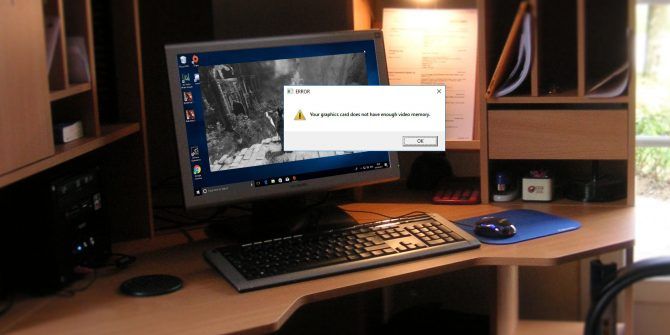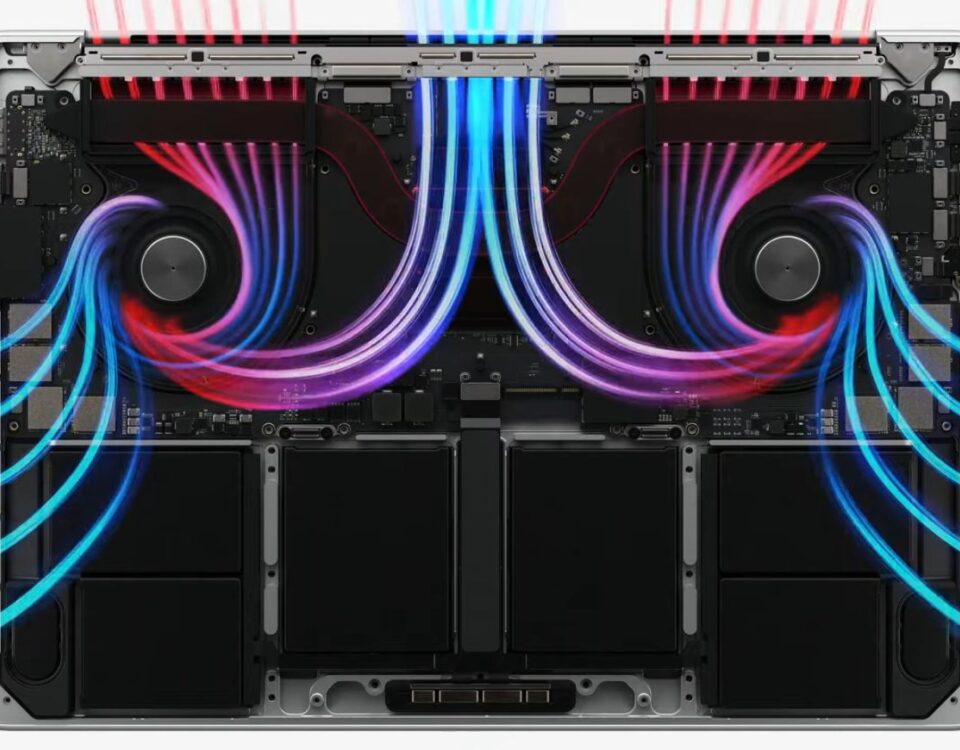
¿Desplazamiento del mouse demasiado lento o rápido? Cómo solucionarlo en Windows 10
22 febrero, 2021
Chromecast vs. Roku: Which One Is Best for You?
22 febrero, 20214 Easy Fixes for the Kernel Mode Heap Corruption Error on Windows 10

4 Correcciones fáciles para el error de corrupción del montón del modo Kernel en Windows 10
It’s a frustrating issue, but one that’s easy to fix.
If you’ve been a Windows user for a long time, chances are that you’ve encountered a bluescreen of death (BSOD). The KERNEL_MODE_HEAP_CORRUPTION is an error that results in a BSOD due to its critical nature. There are multiple reasons behind the error, such as outdated or malfunctioning drivers, memory leaks, and hardware faults.
Here are some methods that can help resolve the Kernel Mode Heap Corruption bluescreen error on Windows 10.
1. Update or Roll Back Drivers
The most common reason for BSODs such as Kernel Mode Heap Corruption is a driver fault. Now, this may be outdated drivers or faulty new drivers. Fortunately, Windows allows users to manage all drivers with the help of Device Manager.
How to Update Drivers on Windows 10
Windows automatically downloads and installs the latest drivers, but if you are using a metered connection or have disabled Windows Update, this may not be the case. Users can manually update the drivers using Device Manager.
- Press Windows Key + R to launch the Run command. Type devmgmt.msc in the text box and press Enter.
- In the Device Manager, navigate to the required device and expand the menu.
- Now, right-click on a device and click on Update driver.
- Select Search automatically for updated driver software, and Windows will automatically download the driver.
- Reboot your computer.
While the Microsoft catalog usually has the latest drivers, it’s best to double-check the driver from the manufacturer’s website. If the driver versions don’t match, then users can download the latest driver from the website.
- Follow steps one, two, and three from the section above.
- In the update prompt, click on Browse my computer for driver software.
- Locate the downloaded driver and click on Next.
- Let Windows install the driver, then reboot.
How to Roll Back Drivers on Windows 10
Sometimes an updated driver may be unstable and result in a blue screen. Thankfully, Windows keeps a copy of the previous driver version in case of mishaps. Here’s how you rollback drivers on Windows 10.
- Press Windows Key + R and type in devmgmt.msc in the Run dialog box.
- In the Device Manager, locate the desired device and expand the menu.
- Right-click on the required driver and click on Properties.
- Under the Driver tab, click on Roll Back Driver.
- Windows will automatically reinstall the old version of the driver.
2. Fix Corrupt System Files
System files can get corrupted during updates or a sudden power cut when writing files to the disk. Windows has two primary features to tackle this situation: DISM and SFC.
Repair System Image Using DISM
DISM is Windows’ in-built disk image repairing tool. It’s recommended that users run DISM before SFC for a much thorough and effective repair process.
- In the Start menu search bar, type cmd and right-click on Command Prompt > Run as administrator.
- In the console, type Dism /Online /Cleanup-image /Scanhealth and press Enter.
- After this, type Dism /Online /Cleanup-image /Restorehealth and hit Enter.
- Wait for Windows to complete the process.
Repair System Files Using SFC
SFC stands for System File Checker, and true to its name, it finds and fixes corrupt system files. In addition to being effective, it’s also easy to use:
- In the Start menu search bar, type cmd and right-click on Command Prompt > Run as administrator.
- In the console, type sfc /scannow and press Enter.
- Wait for the process to complete, then reboot your computer.
3. Perform a Clean Boot
A clean boot is an effective way to diagnose a plethora of Windows errors. In it, the computer is booted with all third-party software disabled. This can help you narrow down potential causes for the Kernel Mode Heap Corruption blue screen.
Alternatively, you can look at how to perform a clean boot and diagnose common errors in Window 10.
How to Clean Boot Your PC
- Press Windows Key + R to open the Run command. Type msconfig and hit Enter.
- In the System Configuration window, go to the Services tab.
- Under the Service tab, check the Hide all Microsoft services option.
- Now, check all services listed in the window and click on Disable all.
- Apply the settings and close System Configuration.
- Press CTRL + Shift + ESC to launch the Task Manager.
- Click on the Startup tab.
- Click on each application and then click Disable.
- After this, click OK and Reboot your computer.
When your computer boots, all third-party applications will be disabled. Use your computer as you would normally. If a specific action triggered the blue screen earlier, repeat it and see if it triggers the error.
Again, it may take longer than usual for your computer to crash, but if it doesn’t crash at all, it’s best to uninstall any recently installed applications as they may be interfering with your system.
4. Check for Hardware Issues
If you’ve recently upgraded your computer hardware, ensure that it is compatible and installed properly. Faulty RAM could also cause the issue. Thus it’s best to check for any memory problems. The Windows Memory Diagnostic tool can help detect and resolve common memory issues on your computer.
How to Run the Windows Memory Diagnostic
- Press Windows Key + R to launch the Run command. Type mdsched.exe and press Enter.
- In the Windows Memory Diagnostic window, click on Restart now and check for problems. This option is recommended.
- Wait for Windows to finish identifying and fixing memory problems.
Other Fixes to Try
- Ensure that all hardware is installed properly. It is best to double-check and see all newly installed components are fit snugly.
- Check for any overheating components.
- Try switching slots when using two RAM sticks.
- Switch from dual-channel memory to single-channel or vice versa.
Done and Dusted
The Kernel Mode Heap Corruption blue screen error may seem scary and cause users to panic, but these kinds of crashes are more common than you think. More often than not, running the diagnostic utilities mentioned above will fix the problem.
But before making these changes, be sure to create a system restore point. It’s advisable to have Windows create one for you daily.
About The Author






